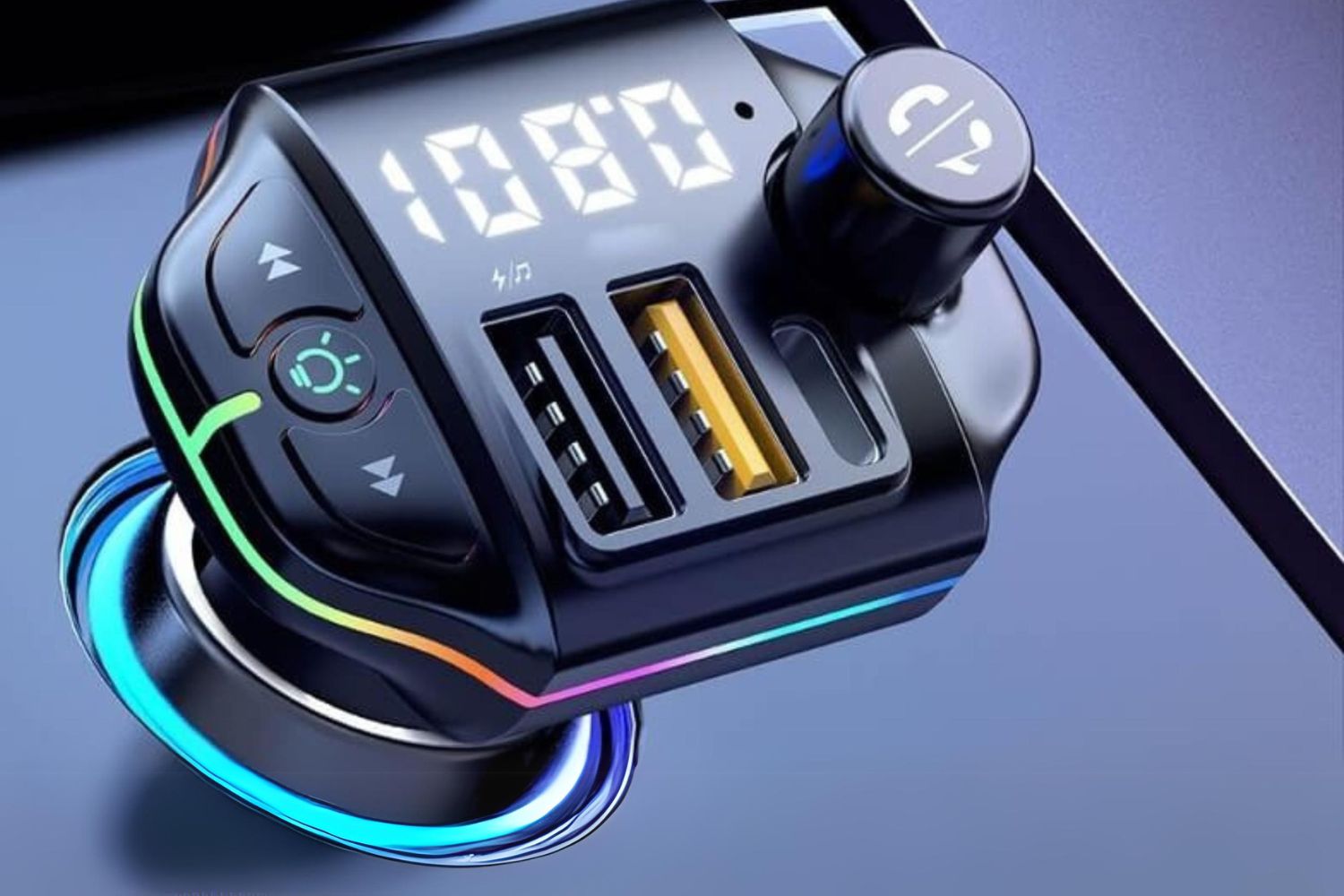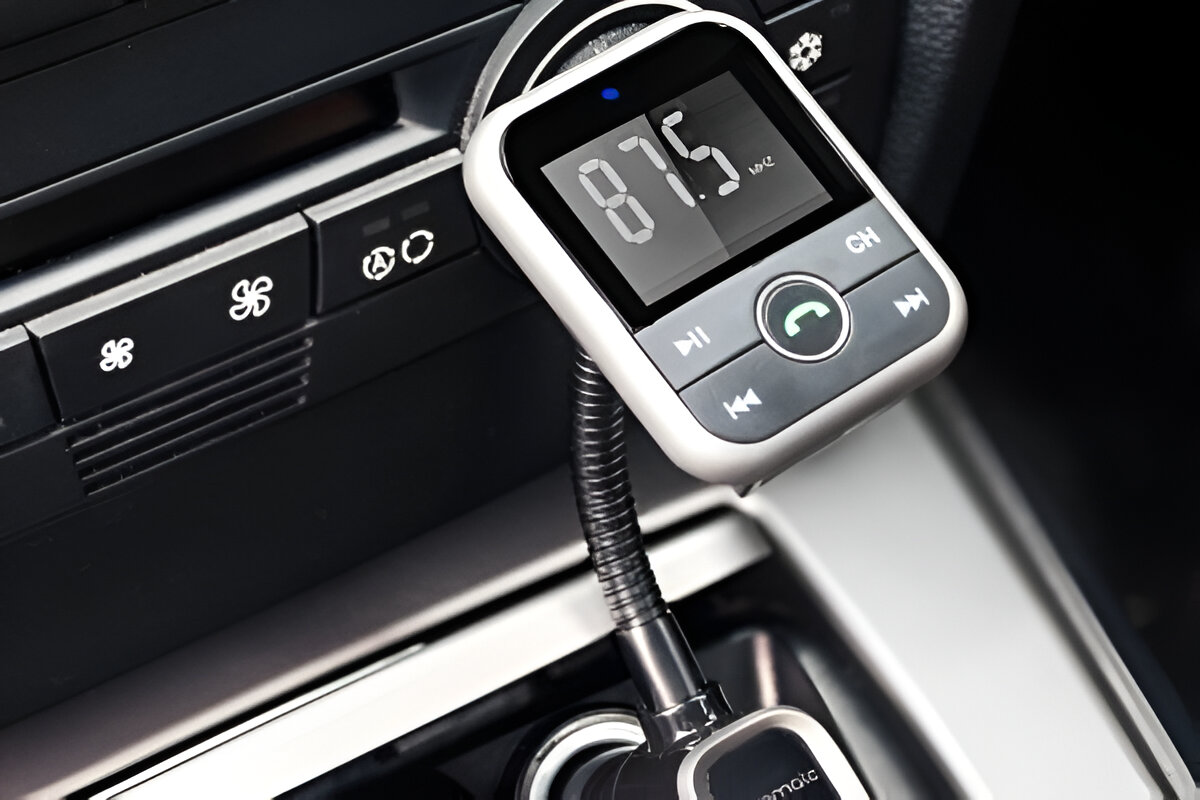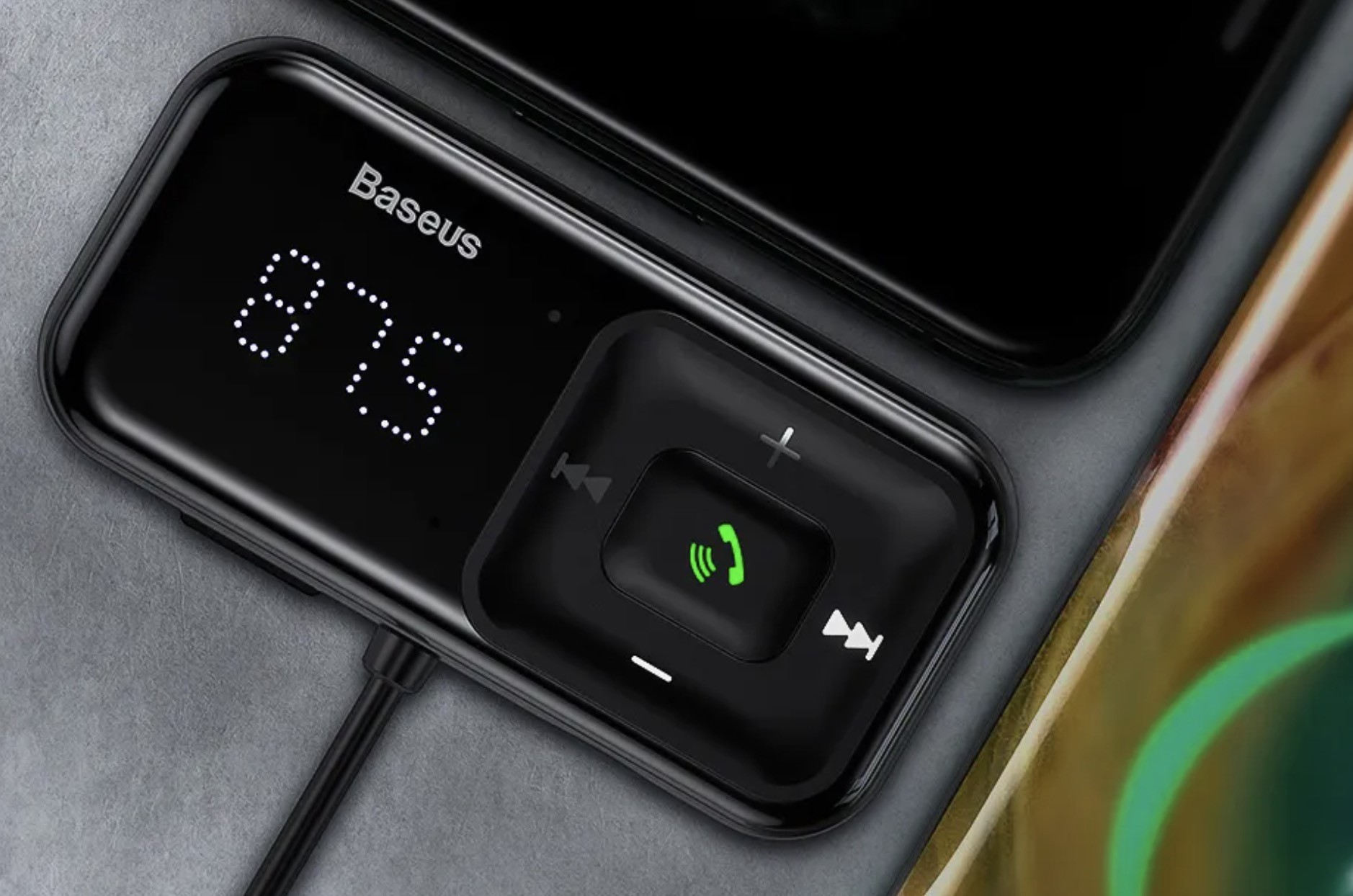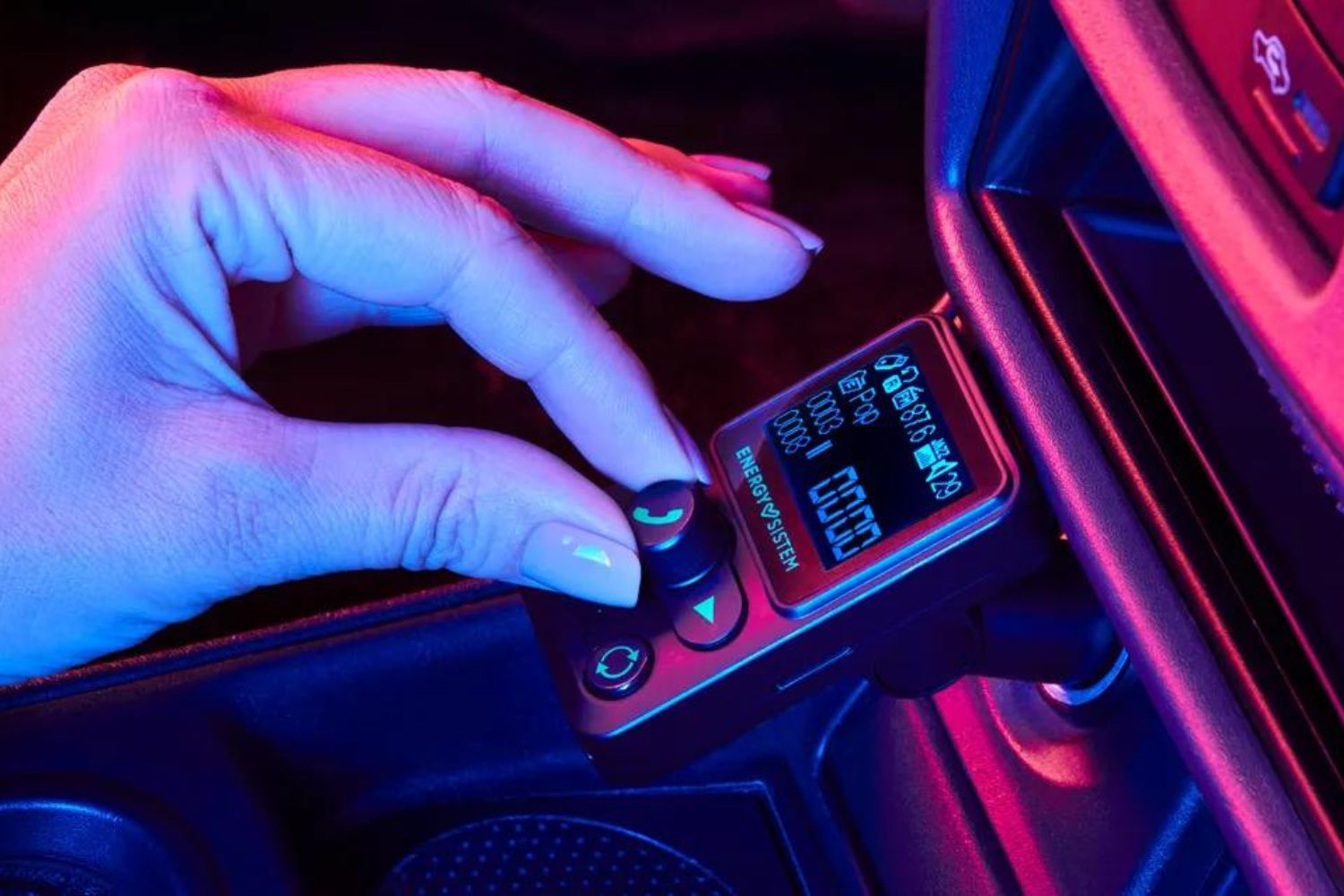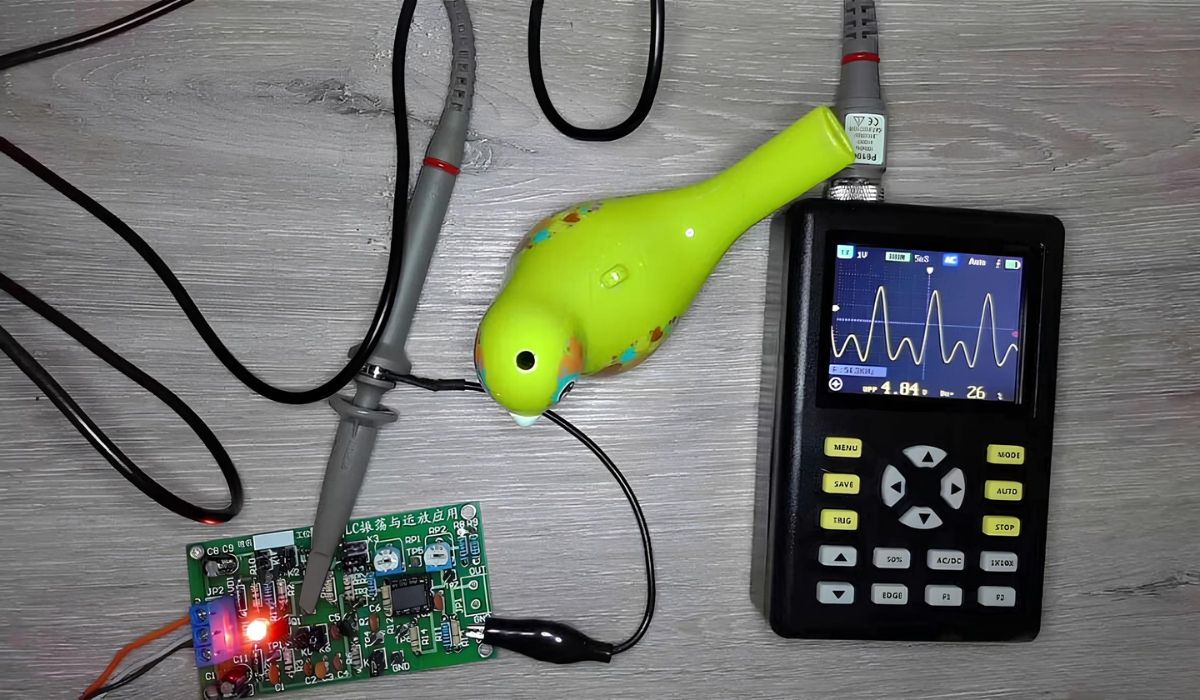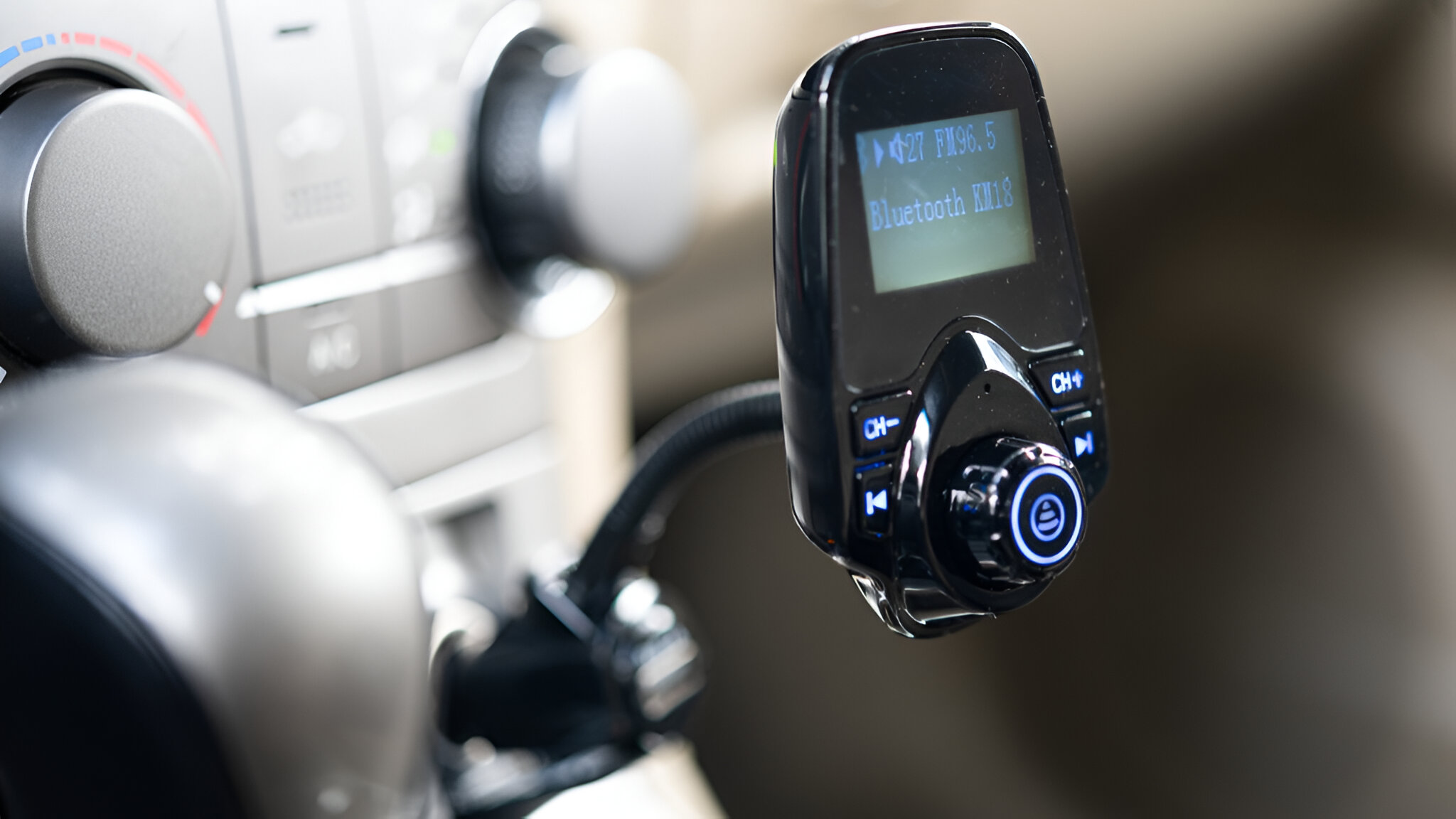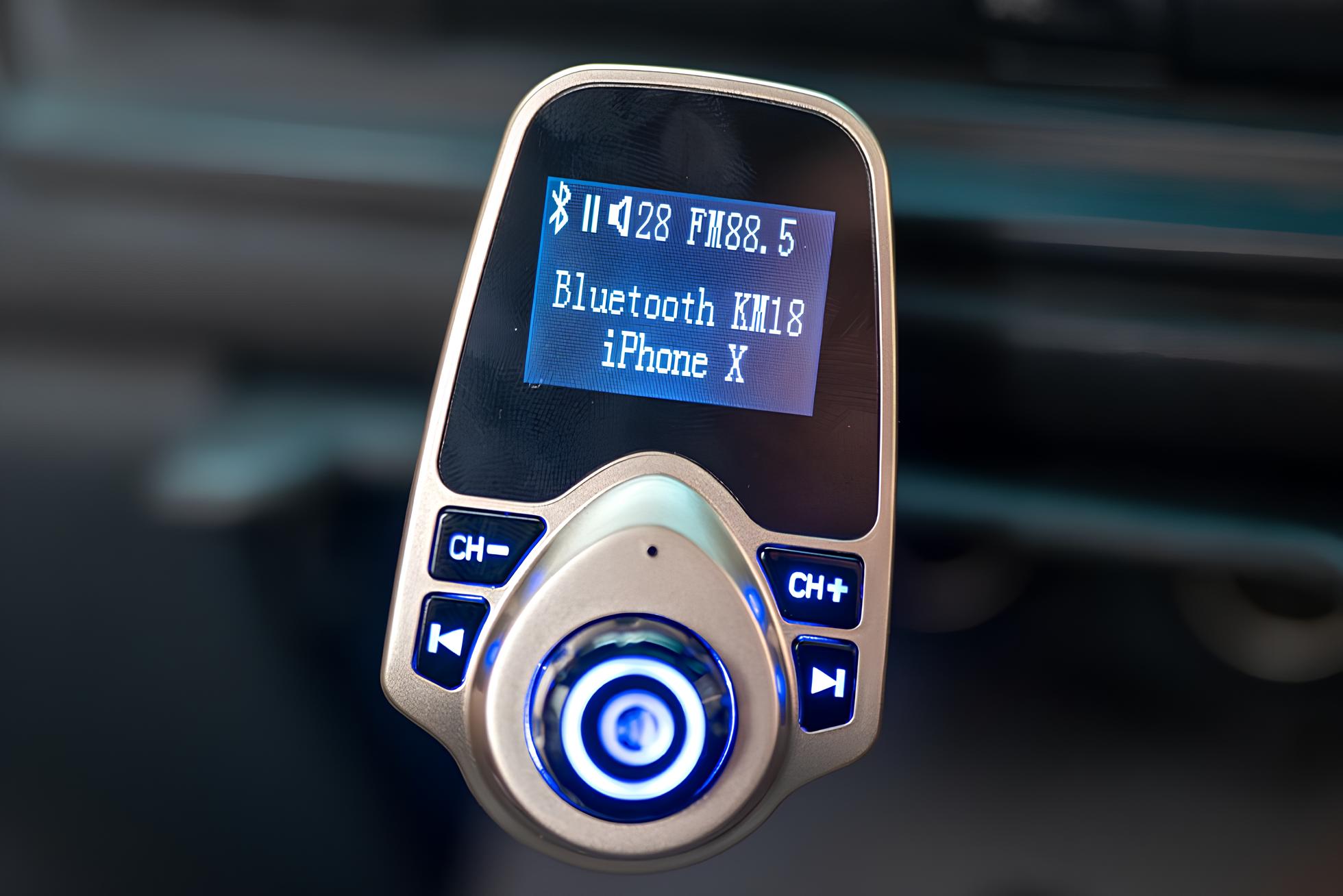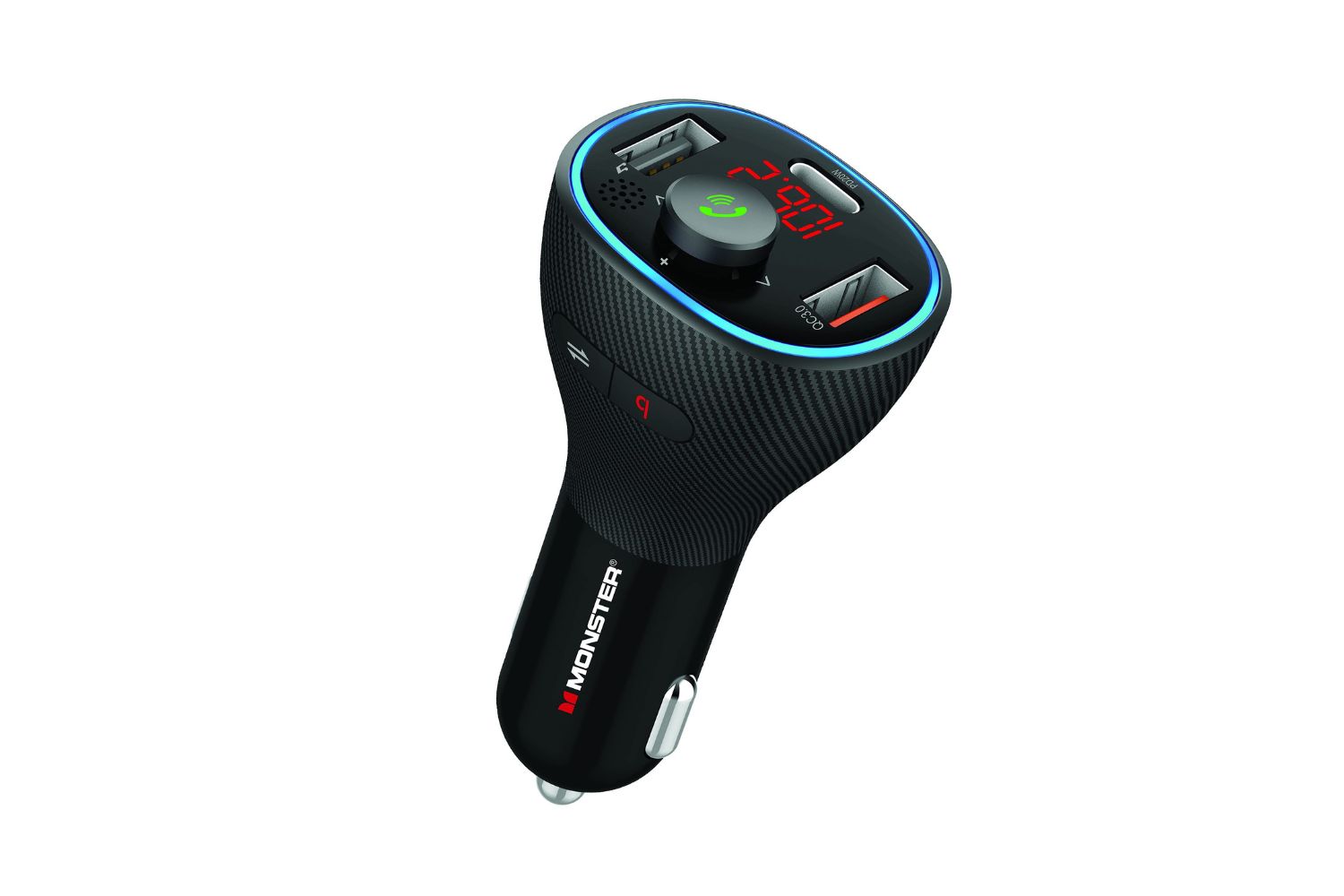Introduction
In today's fast-paced world, where commuting is a daily routine for many, the role of technology in enhancing the in-car experience has become increasingly significant. One such technological innovation that has revolutionized the way we enjoy audio content while on the go is the FM transmitter for vehicles. This compact device has gained popularity among drivers and passengers alike, offering a convenient and versatile solution for broadcasting audio within the confines of a car.
The emergence of FM transmitters has transformed the way individuals consume music, podcasts, and other audio content during their daily travels. By leveraging the capabilities of these devices, users can seamlessly connect their smartphones, tablets, or other portable audio players to their car's sound system, enabling a personalized and immersive audio experience without the need for complex installations or expensive upgrades.
The widespread adoption of FM transmitters underscores their relevance in today's automotive landscape, where convenience and flexibility are paramount. As drivers seek to personalize their in-car entertainment options and stay connected to their favorite audio content, FM transmitters have emerged as a go-to solution that seamlessly integrates with existing car audio systems, providing a hassle-free and enjoyable listening experience.
In the following sections, we will delve deeper into the functionality and purpose of FM transmitters for vehicles, exploring how these devices work, their advantages and disadvantages, and the impact they have had on in-car broadcasting. By gaining a comprehensive understanding of FM transmitters, drivers and audio enthusiasts can make informed decisions about integrating this technology into their daily commutes, thereby enhancing their in-car audio experience in a meaningful way.
What is an FM Transmitter?
An FM transmitter is a compact electronic device designed to broadcast audio signals from a source, such as a smartphone, tablet, or portable media player, to an FM radio frequency. This allows the audio content to be wirelessly transmitted and played through a car's stereo system. FM transmitters are particularly popular for vehicles that do not have built-in Bluetooth or auxiliary input capabilities, as they provide a convenient and cost-effective solution for integrating external audio devices with the car's sound system.
The functionality of an FM transmitter is rooted in its ability to convert audio signals from the source device into radio frequency signals, which can then be received by the car's FM radio. This process enables users to tune their car radio to the specific frequency being broadcast by the FM transmitter, thereby accessing and enjoying the audio content from their external devices.
FM transmitters typically feature a compact and portable design, making them easy to transport and use across different vehicles. They are equipped with a power source, such as a built-in battery or a car charger, ensuring uninterrupted operation during commutes. Additionally, many modern FM transmitters are equipped with advanced features such as digital displays, Bluetooth connectivity, and multiple frequency options, enhancing their versatility and user experience.
The widespread popularity of FM transmitters can be attributed to their user-friendly nature and compatibility with a wide range of audio devices. Whether it's streaming music, listening to podcasts, or making hands-free calls, FM transmitters offer a seamless and flexible solution for integrating external audio sources with a car's audio system. As a result, they have become an indispensable accessory for individuals seeking to enhance their in-car entertainment options without investing in costly audio system upgrades.
In essence, an FM transmitter serves as a bridge between personal audio devices and a car's sound system, enabling users to enjoy their favorite audio content with ease and convenience while on the move. With their simple yet effective functionality, FM transmitters have significantly enriched the in-car audio experience, empowering drivers and passengers to curate their listening preferences and stay connected to their digital content during daily commutes.
The Purpose of FM Transmitters for Vehicles
FM transmitters play a pivotal role in enhancing the in-car audio experience, offering a myriad of benefits that cater to the diverse needs of drivers and passengers. The primary purpose of FM transmitters for vehicles is to provide a seamless and versatile solution for integrating external audio sources with a car's sound system, thereby enabling users to enjoy personalized audio content during their daily commutes.
One of the key purposes of FM transmitters is to address the limitations of traditional car audio systems, especially in older vehicles that may lack built-in Bluetooth or auxiliary input functionalities. By leveraging FM transmitters, drivers and passengers can effortlessly connect their smartphones, tablets, or portable media players to the car's sound system, eliminating the need for complex installations or expensive audio system upgrades.
Furthermore, FM transmitters serve as a convenient tool for accessing a wide range of audio content while on the go. Whether it's streaming music from digital platforms, listening to podcasts, or engaging in hands-free calling, these devices empower users to curate their in-car audio experience according to their preferences. This flexibility aligns with the evolving nature of audio consumption, catering to the diverse needs and preferences of modern commuters.
Moreover, FM transmitters contribute to a safer and more enjoyable driving experience by enabling hands-free communication and audio playback. By seamlessly integrating external audio sources with the car's sound system, these devices facilitate a hands-free approach to accessing and controlling audio content, reducing distractions and enhancing overall driving safety.
Additionally, FM transmitters promote connectivity and accessibility, allowing users to stay connected to their favorite audio content without limitations. Whether embarking on a long road trip or navigating through urban traffic, FM transmitters ensure that drivers and passengers can enjoy uninterrupted access to their preferred audio content, thereby enhancing the overall in-car entertainment experience.
In essence, the purpose of FM transmitters for vehicles revolves around providing a user-centric solution for integrating external audio sources with car audio systems, thereby empowering individuals to personalize their in-car audio experience, promote driving safety, and stay connected to their digital content while on the move. As a result, FM transmitters have become an indispensable accessory for modern commuters seeking to elevate their in-car entertainment options in a seamless and convenient manner.
How FM Transmitters Work in Cars
FM transmitters operate by converting audio signals from an external source, such as a smartphone or portable media player, into radio frequency signals that can be received and played through a car's FM radio. This process involves several key steps that enable seamless audio transmission within the confines of a vehicle.
-
Signal Conversion: When a user connects their audio device to an FM transmitter, the transmitter converts the audio signals from the device into radio frequency signals. This conversion is facilitated by the transmitter's internal circuitry, which modulates the audio signals to match the frequency range used by FM radios.
-
Frequency Selection: The FM transmitter allows users to select a specific frequency on which the audio signals will be broadcast. This frequency is typically within the FM radio band and is chosen based on local regulations and available frequencies. Once the frequency is set, the transmitter emits the modulated radio frequency signals, effectively broadcasting the audio content.
-
Radio Reception: In the car, the user tunes the FM radio to the same frequency selected on the FM transmitter. This enables the car's radio to receive the modulated radio frequency signals transmitted by the FM transmitter.
-
Audio Playback: With the FM radio tuned to the designated frequency, the audio content from the external device is played through the car's sound system. This allows users to enjoy their preferred music, podcasts, or other audio content seamlessly integrated with the car's audio setup.
The effectiveness of FM transmitters in cars is influenced by factors such as signal strength, interference from other radio stations, and the proximity of the transmitter to the car's radio antenna. To optimize performance, users can experiment with different frequencies to find the clearest signal and minimize interference, ensuring a consistent and high-quality audio experience during their journeys.
In essence, FM transmitters work by leveraging radio frequency modulation to transmit audio signals from external devices to a car's FM radio, providing a convenient and user-friendly solution for integrating personalized audio content with the in-car entertainment system. By understanding the inner workings of FM transmitters, users can maximize their utility and enjoy a seamless audio experience while on the road.
Advantages and Disadvantages of In-Car Broadcasting
In-car broadcasting, facilitated by FM transmitters, offers a host of advantages that cater to the diverse needs of drivers and passengers. However, it also presents certain limitations that warrant consideration. Understanding the pros and cons of in-car broadcasting is crucial for individuals seeking to leverage this technology to enhance their in-car audio experience.
Advantages
-
Versatility and Convenience: In-car broadcasting through FM transmitters provides a versatile and convenient solution for integrating external audio sources with a car's sound system. This flexibility allows users to curate their in-car audio experience according to their preferences, whether it involves streaming music, listening to podcasts, or engaging in hands-free calling.
-
Cost-Effective Integration: FM transmitters offer a cost-effective alternative to traditional audio system upgrades, particularly in older vehicles that may lack built-in Bluetooth or auxiliary input functionalities. By leveraging FM transmitters, drivers and passengers can effortlessly connect their smartphones, tablets, or portable media players to the car's sound system without the need for complex installations or expensive upgrades.
-
Enhanced Accessibility: In-car broadcasting ensures uninterrupted access to a wide range of audio content while on the move. Whether embarking on a long road trip or navigating through urban traffic, FM transmitters enable users to stay connected to their preferred audio content, thereby enhancing the overall in-car entertainment experience.
-
Hands-Free Communication: FM transmitters facilitate hands-free communication and audio playback, contributing to a safer and more enjoyable driving experience. By seamlessly integrating external audio sources with the car's sound system, these devices promote a hands-free approach to accessing and controlling audio content, reducing distractions and enhancing overall driving safety.
Disadvantages
-
Signal Interference: In areas with dense radio frequency activity, FM transmitters may be susceptible to signal interference from other radio stations. This interference can impact the clarity and consistency of audio playback, potentially detracting from the overall in-car broadcasting experience.
-
Limited Range and Signal Strength: FM transmitters are subject to limitations in terms of signal range and strength, especially in areas with geographical obstacles or high levels of electromagnetic interference. Users may encounter instances where the signal strength diminishes, leading to fluctuations in audio quality during their commutes.
-
Regulatory Restrictions: The use of FM transmitters for in-car broadcasting is subject to regulatory restrictions and guidelines governing radio frequency usage. Users must adhere to local regulations and frequency allocation policies to ensure compliance and minimize potential interference with licensed radio stations.
-
Dependence on FM Radio: In-car broadcasting through FM transmitters relies on the availability of FM radio frequencies, which may pose challenges in regions with limited frequency options or congested airwaves. This dependence on FM radio infrastructure can impact the overall reliability and consistency of in-car broadcasting.
In summary, in-car broadcasting offers a myriad of advantages, including versatility, cost-effective integration, enhanced accessibility, and hands-free communication. However, it is essential to consider the potential disadvantages related to signal interference, limited range and signal strength, regulatory restrictions, and dependence on FM radio infrastructure. By weighing these factors, individuals can make informed decisions about leveraging FM transmitters to optimize their in-car audio experience while mitigating potential drawbacks.
Conclusion
In conclusion, the advent of FM transmitters has significantly transformed the landscape of in-car broadcasting, offering a seamless and versatile solution for integrating external audio sources with a vehicle's sound system. The widespread adoption of FM transmitters underscores their relevance in addressing the evolving needs of modern commuters, who seek to personalize their in-car entertainment options, promote driving safety, and stay connected to their favorite audio content while on the move.
FM transmitters serve as a bridge between personal audio devices and car audio systems, enabling users to curate their in-car audio experience according to their preferences. By leveraging these devices, drivers and passengers can seamlessly connect their smartphones, tablets, or portable media players to the car's sound system, eliminating the need for complex installations or costly audio system upgrades. This versatility and convenience empower individuals to enjoy a diverse range of audio content, including music, podcasts, and hands-free communication, enhancing their overall in-car experience.
Despite the advantages offered by FM transmitters, it is important to consider potential limitations such as signal interference, limited range and signal strength, regulatory restrictions, and dependence on FM radio infrastructure. By understanding these factors, users can make informed decisions about integrating FM transmitters into their daily commutes, maximizing the benefits while mitigating potential drawbacks.
As technology continues to evolve, FM transmitters are expected to undergo further advancements, offering enhanced features and improved performance to meet the evolving needs of commuters. Whether it involves the integration of advanced connectivity options, improved signal strength, or compliance with regulatory standards, the future of FM transmitters holds promise for delivering an even more seamless and enriching in-car audio experience.
In essence, FM transmitters have redefined in-car broadcasting, empowering individuals to personalize their audio experience, promote driving safety, and stay connected to their digital content while on the move. As drivers and passengers continue to prioritize convenience, flexibility, and accessibility in their in-car entertainment options, FM transmitters are poised to remain a pivotal accessory that enhances the overall in-car audio experience in a meaningful and user-centric manner.







